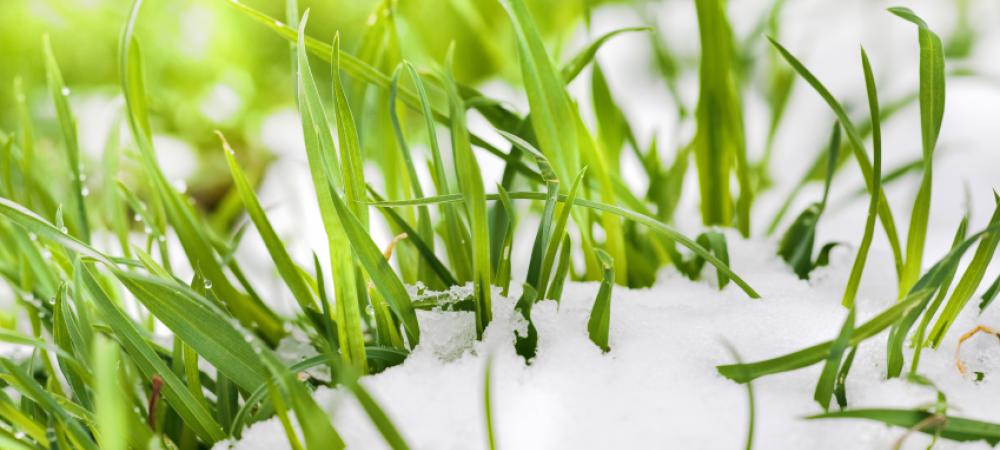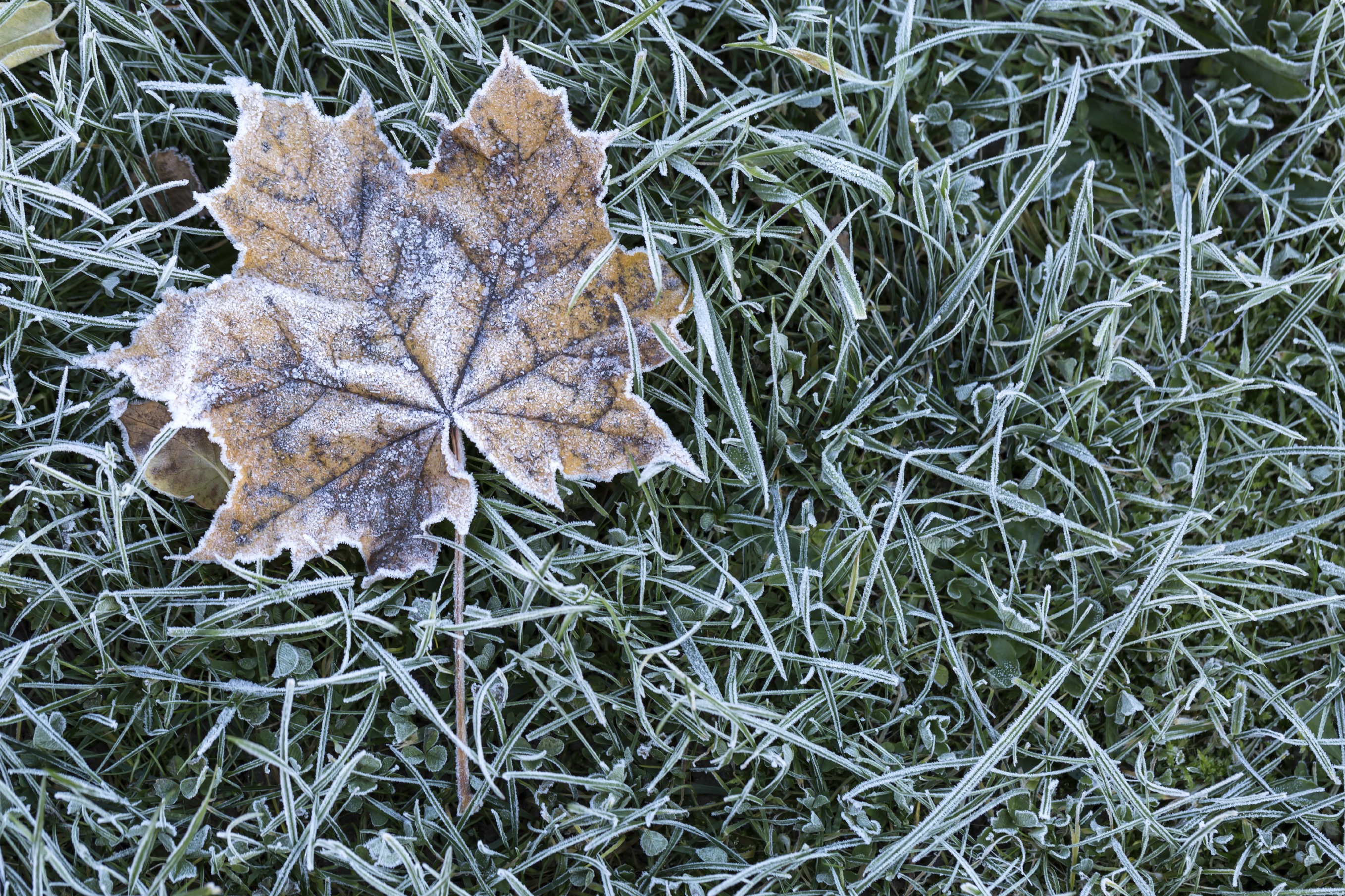Winter Lawn Care Tips for Pennsylvania

As winter blankets Pennsylvania in cold temperatures and occasional snowfall, many homeowners may think that lawn care takes a back seat until spring. However, proper winter lawn care is essential for maintaining a healthy lawn that thrives when warmer weather returns. In this guide, we’ll explore practical tips tailored to homeowners, ensuring your lawn emerges vibrant and lush come spring.
Understanding the Pennsylvania Climate
Pennsylvania experiences a humid continental climate characterized by warm summers and cold winters with occasional snowfall. The transition from fall to winter can be abrupt, with temperatures dropping significantly in late November and December. Understanding this climate is essential for effective lawn care.
Key Climate Factors:
- Average Winter Temperature: Ranges from 20°F to 40°F.
- Snowfall: Average snowfall varies by county, but many areas receive between 20 to 30 inches annually.
- Frost Dates: The average first frost date is mid-October, with the last frost date typically in early April.
Assess Your Lawn's Health Before Winter
Start by making sure your lawn is healthy.
1. Perform Weed Control
Weeds can be particularly problematic in winter, competing for resources with your grass. Apply a pre-emergent herbicide in late fall to prevent winter annual weeds from germinating. Target areas where you’ve noticed weed growth in the past, as this proactive measure can save you time and effort in the spring.
2. Water Wisely
While it’s essential to water your lawn adequately before the ground freezes, overwatering can lead to ice formation and potential lawn damage. Aim to water during warmer days when temperatures are above 40°F, allowing the moisture to soak in before colder weather sets in. Monitor weather forecasts and water your lawn if there hasn’t been precipitation for more than a week during fall.
Aeration and Overseeding
To set yourself up for success in the spring, consider aerating and overseeding your lawn.
3. Aerate Your Lawn
Aeration involves perforating the soil with holes to improve airflow, water absorption, and nutrient penetration. If you haven't aerated your lawn in the fall, consider doing so before the ground freeze. This practice can help relieve soil compaction, especially in areas of high foot traffic, which is common in suburban neighborhoods. The ideal time for aeration is in late October to early November, but you can still do it early in winter if conditions allow.
4. Overseed with Cool-Season Grasses
If your lawn shows signs of thinning, overseed with a mix of cool-season grasses suited for Pennsylvania's climate. Tall fescue is an excellent choice, as it establishes quickly and provides a lush green appearance during the growing season. This is particularly important in early to mid-fall, as it allows seeds to germinate before winter.
Fertilization Strategies
To help your grass thrive, make sure it has plenty of nutrients over the cold winter months.
5. Fall Fertilization
Applying a winter fertilizer can provide your lawn with the nutrients it needs to survive the cold months. Look for a slow-release fertilizer with a higher potassium content, which helps strengthen the grass and makes it more resilient to freezing temperatures. Late fall is typically the best time for this application in our region. Choose a fertilizer specifically formulated for winter application–look for a 5-10-30 or similar ratio. Make sure to follow the recommended application rates to avoid burning your lawn.

Mowing, Clean-Up, and Mulching
Make sure your lawn is tidy and ready to go before winter.
6. Mow Shorter
As the temperatures begin to drop, gradually lower your mowing height. Keeping the grass slightly shorter (around 2.5 to 3 inches) can help prevent snow mold—a fungal disease that thrives under snow cover. However, avoid cutting your grass too short, as this can expose the crowns to frost damage.
7. Leaf Removal
In the fall, the beautiful foliage that colors our landscapes can leave a thick layer of leaves on your lawn. While they can be picturesque, it’s essential to regularly remove leaves from your grass. A thick blanket of leaves can smother the grass, creating ideal conditions for mold and pests. Rake leaves or use a mulching mower to chop them into smaller pieces, which can then nourish the soil as they decompose.
8. Mulch Your Garden Beds
Mulching is an excellent way to insulate your garden beds and protect your perennials from the harsh winter temperatures. Organic mulches like shredded leaves, straw, or wood chips can help retain soil moisture and suppress weeds. Apply a layer of mulch (about 2-4 inches) around your plants to provide insulation and prevent frost heaving.
Protecting Your Lawn During Winter
Take action to help protect your grass from snow and ice damage.
9. Snow Management
Heavy snowfall can compact grass and create a mat that is susceptible to disease. If you anticipate significant snow accumulation, consider lightly brushing off the snow from your lawn with a broom. This can prevent the grass from being flattened under the weight of the snow. However, be gentle—aggressive scraping can damage your grass. If heavy snowfalls are forecasted, avoid piling snow from driveways and sidewalks onto your lawn. This practice can lead to the suffocation of grass and potential mold growth as the snow melts.
10. Limit Foot Traffic
If you have a natural path across your lawn, limit foot traffic during the winter. Walking on frozen grass can cause it to break and create bare spots, which are susceptible to weeds. Whenever possible, stick to designated walkways or paths to protect your lawn.
11. Ice Management
Be cautious with the use of salt and de-icing products on sidewalks and driveways, as they can harm your lawn. Consider using sand or non-toxic alternatives to reduce ice without damaging your grass.
Get Ready for Spring
Prepare your lawn for the upcoming growing season.
12. Plan for Spring
Winter is an excellent time to plan your spring lawn care regimen. Take note of any areas that may need more attention, such as bare patches or sections with poor drainage. Consider reaching out to local lawn care experts, who can inform you about deficiencies that can be addressed come spring.
13. Equipment Preparation
Ensure that your lawn equipment is ready for spring. Service your mower, sharpen blades, and replace any worn parts. This preparation ensures you're ready to tackle your lawn care needs as soon as the frost breaks.
Professional Winter Lawn Care
While winter in Southeastern Pennsylvania may seem like a quiet time for your lawn, it’s actually a critical period for its health and vitality. By following these winter lawn care tips, you can ensure your grass stays in prime condition to thrive when spring arrives. A little attention now can lead to a lush, green lawn that enhances the beauty of your home throughout the warmer months.
If you need assistance with winter lawn care or are looking for tailored services, feel free to reach out to your local lawn care professionals at Green Grass Lawncare, Inc. who can provide expert advice and support tailored to our unique Pennsylvania climate! Contact our team today.
